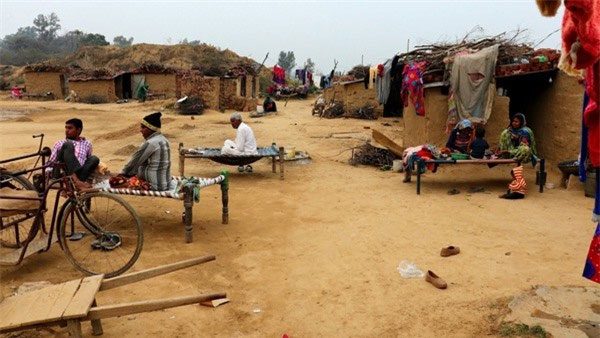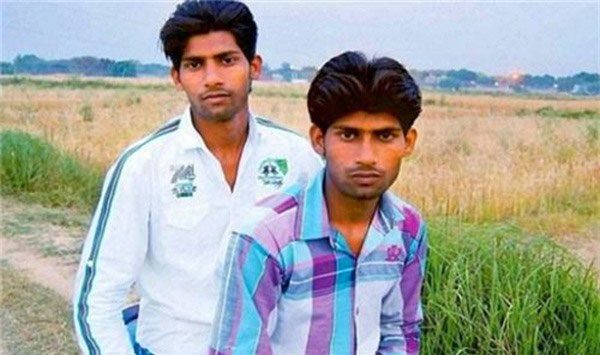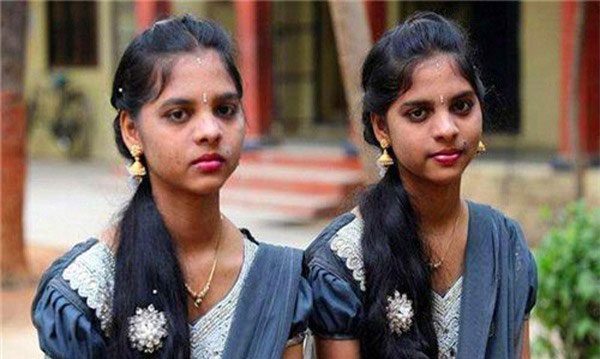They do not live in the same house, nor are they related by blood, yet hundreds of people in this village bear a striking resemblance to one another, leaving scientists puzzled.
There are many strange villages around the world with unique characteristics, and Harragona Village is one such example. Located south of Bengaluru in Karnataka, northern India, this village has garnered significant attention due to the fact that hundreds of its residents look remarkably alike, resembling twins, yet they have no familial ties.
Anyone who sets foot in the small village of Harragona is bound to be astonished and confused by the sheer number of lookalikes. Unlike twin villages around the world, such as Kodinhi (Kerala, India) or Velyka Kopanya (Ukraine), which have numerous sets of twins, Harragona has over 200 individuals who appear as if they were born from the same couple.

Harragona Village
On the outside, Harragona Village looks like any other rural village. However, once you step inside, you will be shocked to see so many people who look alike, making it difficult to distinguish between them, almost like an illusion. Whether glancing quickly or observing closely, the villagers share many facial features as if they were cast from the same mold.
This strange and mysterious phenomenon has attracted the attention of many experts and scientists from various fields who come here to study, explore, and explain.
Mr. Biharz, a German geneticist, visited Harragona Village to investigate. Like many other visitors, he was overwhelmed by the unique appearance of the villagers.

The unique appearance of the villagers in Harragona
Mr. Biharz’s research revealed that 237 residents share very similar features: pointed noses, thick lips, noticeable wrinkles beneath the lips, and prominent brow bones. Aside from some differences in age, height, or weight, they truly resemble each other despite not being biological siblings.
Moreover, the villagers of Harragona can easily be distinguished by their voices, personalities, or preferences, which are completely different. Except for their appearance, they exhibit a variety of emotions and ways of interacting. Many villagers noticed that some people looked exactly alike when they were young, but as they grew up, they discovered several differences, making it easier to tell them apart.
Explaining this phenomenon, a biochemist analyzed soil and water samples from Harragona and found that the soil and water in the area contained notable amounts of platinum and bismuth. It is possible that these chemical compounds affected pregnant women, altering their cells and impacting the fetuses. This could be one of the reasons behind the occurrence of so many people being born with similar appearances despite not being related.

Two girls born alike despite not being related.
Additionally, anthropologists suggest that inbreeding is one of the major factors contributing to this phenomenon. The village is relatively small and has a low level of education, with residents rarely traveling far, leading to frequent occurrences of inbreeding. Through these unions, it is entirely possible for children to be born with similar appearances.
To this day, there is still no satisfactory explanation for why a village has hundreds of identical-looking individuals. This phenomenon remains one of the great mysteries that perplexes scientists worldwide.




















































